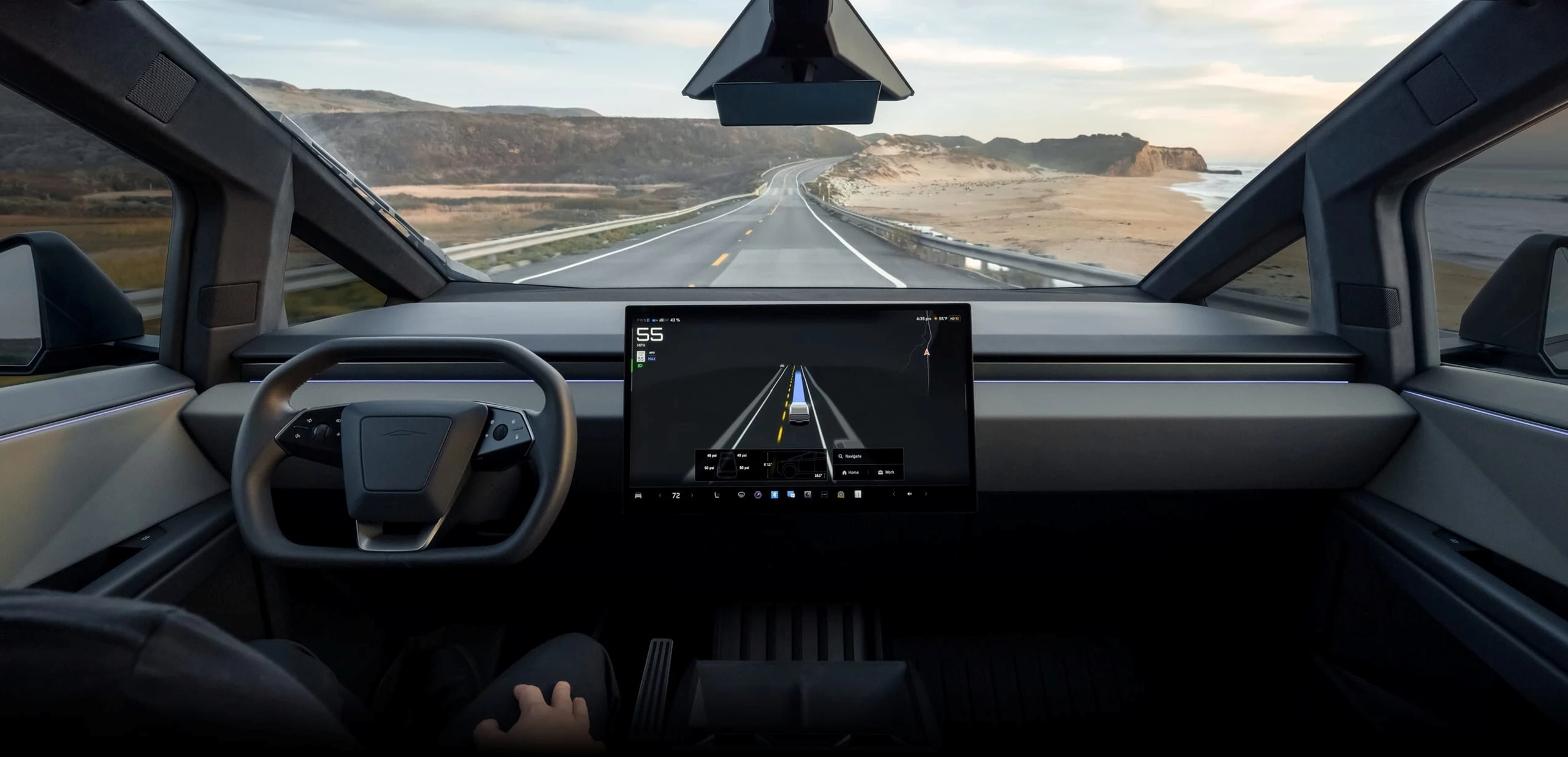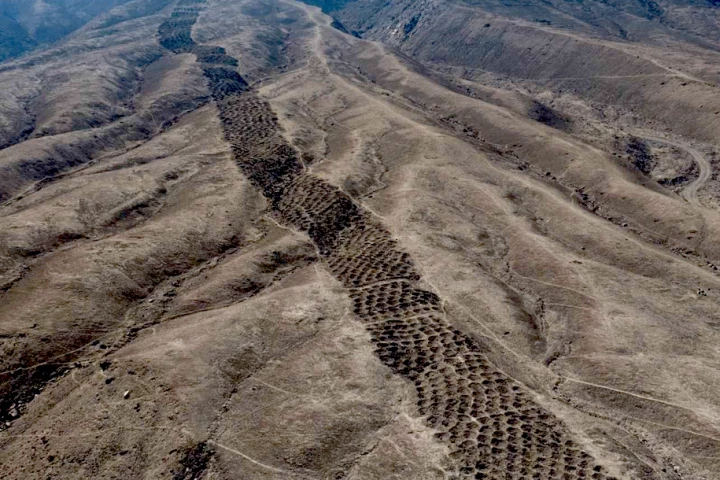Full self-driving. Tesla’s astonishingly wild promise seems to have gone off the rails. It’s been nearly a decade since Tesla announced that all of its production vehicles would be capable of autonomous driving, with CEO Elon Musk repeatedly stating that it would happen by the end of each year since 2018.
Countless customers bought FSD packages for up to US$15,000, thinking they'd end up with a fully autonomous car that comes and picks them from the train station. Guess what? We’re in 2025, and it still hasn’t happened yet.
In fact, now, Tesla has apparently changed the meaning of “Full Self-Driving” (FSD), and it sounds an awful lot like the company is giving up on its promise. It happened when the Tesla board filed a document with the Securities and Exchange Commission that details a potentially absurd $1 trillion compensation package for Musk.
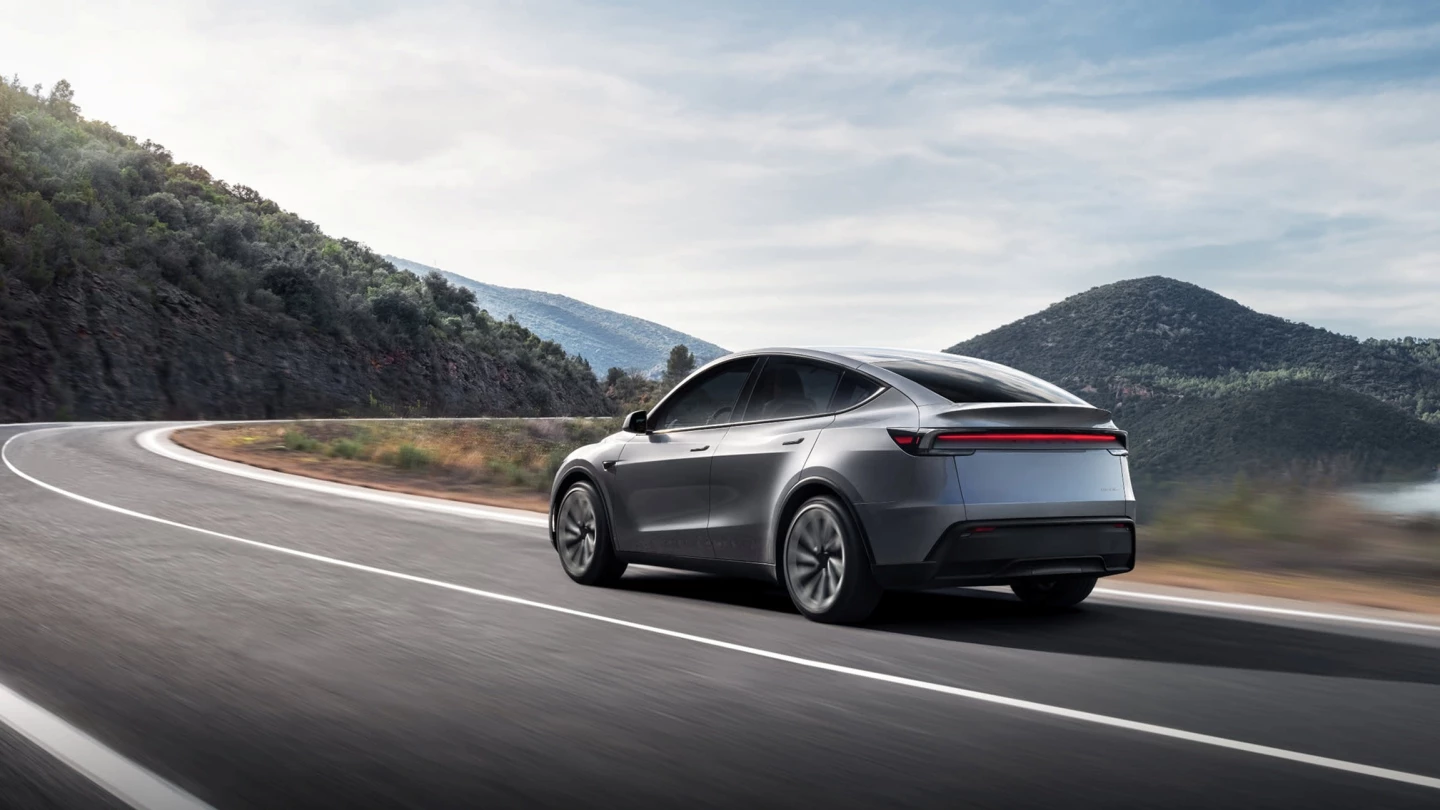
But here’s the catch: it is reliant on the manufacturer meeting critical milestones, including "10 million active FSD subscriptions." So what, you’d ask?
Well, as it turns out, the document's definition of FSD is so unclear that you can't help but feel that the company is protecting itself in case it can’t hold true to its promises. Heck, it doesn’t even mention the SAE automation levels.
We know Full Self-Driving is Tesla's most advanced driving software, but despite its name, it is not totally autonomous. The driving mode needs the driver to monitor the car and take control at any time. That is Level 2 autonomy, as defined by the Society of Automotive Engineers (SAE).
Per the text, “FSD means an advanced driving system, regardless of the marketing name used, that is capable of performing transportation tasks that provide autonomous or similar functionality under specified driving conditions.”
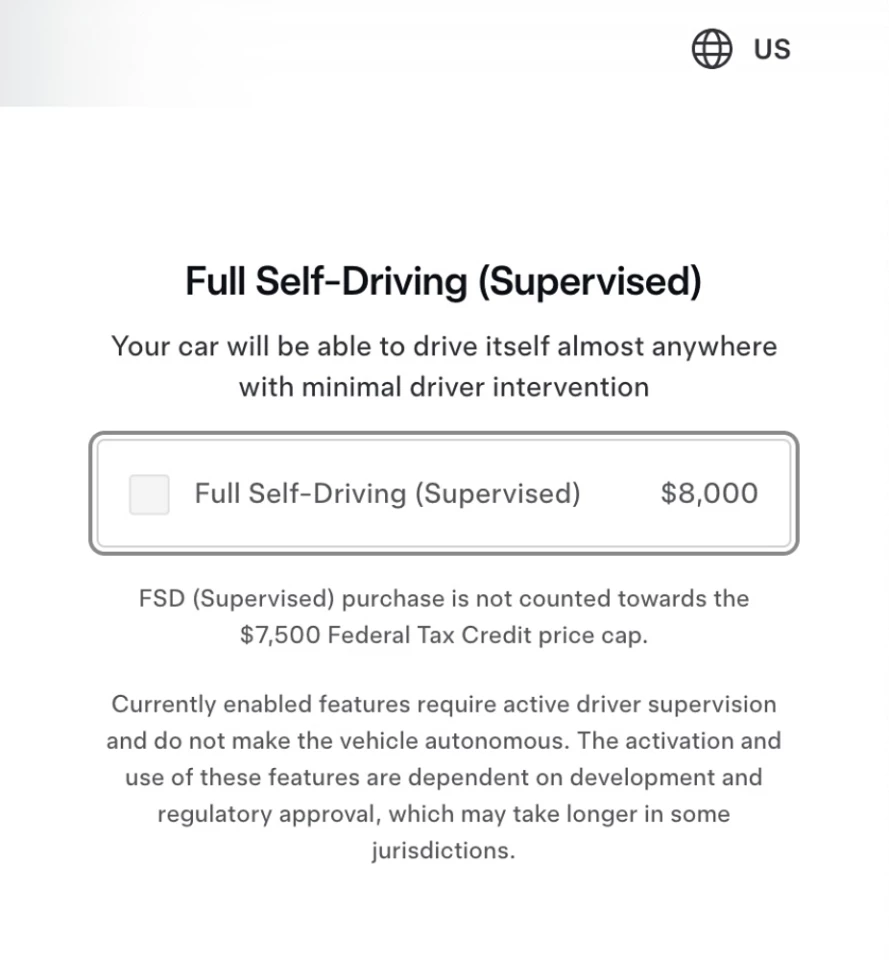
This means that at any given instance, Tesla can go on to create something that has "similar functionality" to an autonomous system without being fully autonomous. As Electrek points out, this description is broad enough to include Tesla's current version of FSD – even something as simple as an advanced driver-assist system (ADAS).
And if that is the case, Tesla could very well rest on its laurels, and Musk would go on to receive his enormous compensation package. And in case you didn’t know, Tesla has already removed the FSD trademark entirely and rebranded the system as "Intelligent Assisted Driving" in China.
It seems like a curious case of bait-and-switch – something users and buyers won’t take lightly. But for now, Tesla's FSD cost has also dropped dramatically, by $7,000 from its peak in 2023, which coincides with the fall in Tesla sales.
The truth is, Tesla’s Full Self-Driving was always marketed aggressively, but it’s no better than Level-2/2+ ADAS. But it’s not like Tesla’s the only company not offering full Level 4 autonomy. It currently exists only in robotaxis (Waymo, Baidu Apollo, Pony.ai, and WeRide are a few examples). If you consider the consumer industry, no one’s there yet.
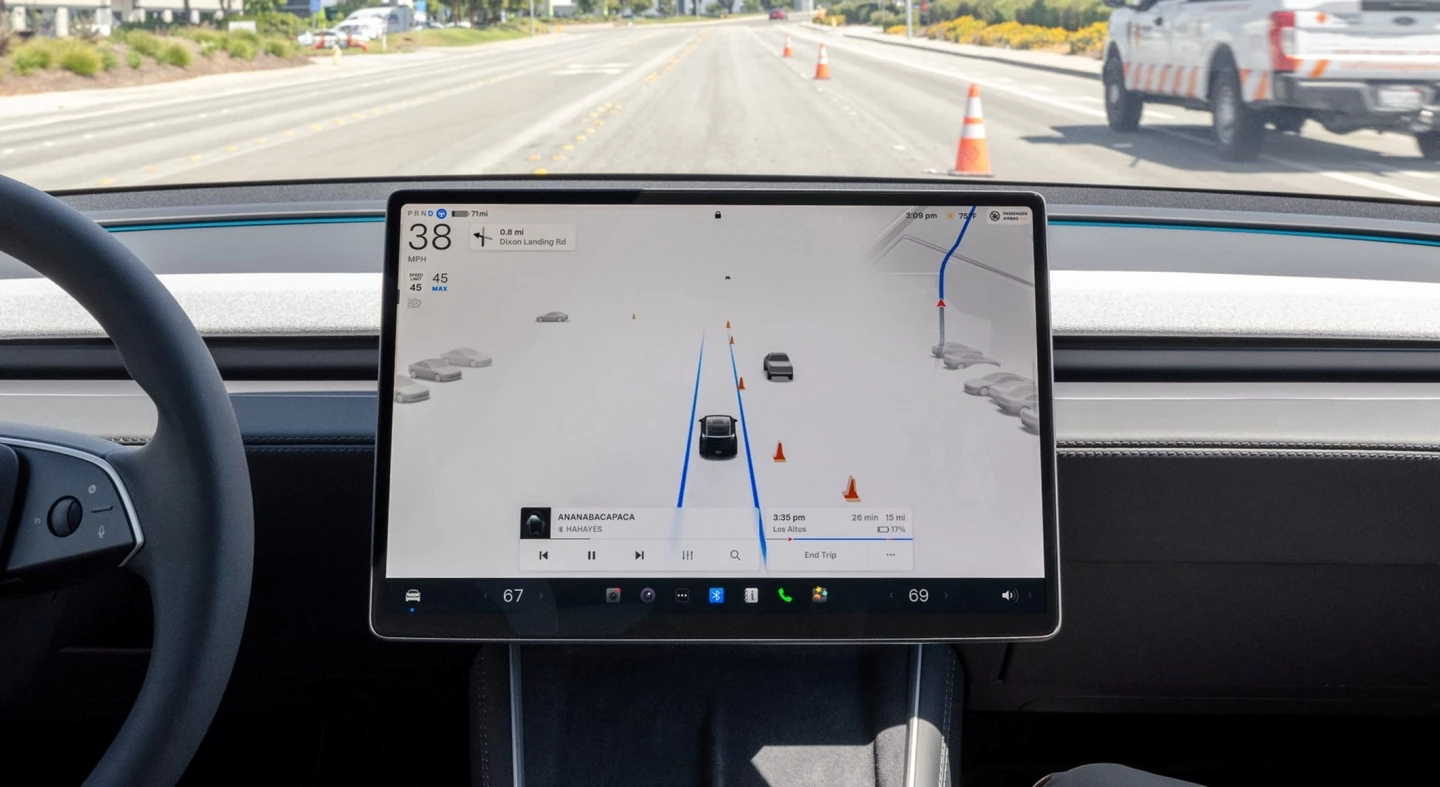
Sure, the likes of Mercedes-Benz are a step ahead of Tesla, having a Level-3 “Drive Pilot” approved in Germany, Nevada, and California (traffic jams, up to ~40 mph). But that’s the highest regulatory approval for private cars right now.
Honda, on the other hand, launched a limited Level-3 Legend Hybrid EX in Japan, which was lease-only and limited to 100 units. And while Hyundai has Level-4 robotaxi pilots running in the US, production Hyundai cars remain at Level-2+.
Government regulations, safety concerns, and costs at hand have largely slowed the progress in this pursuit. But even then, Tesla could have done more to be transparent with its customers.
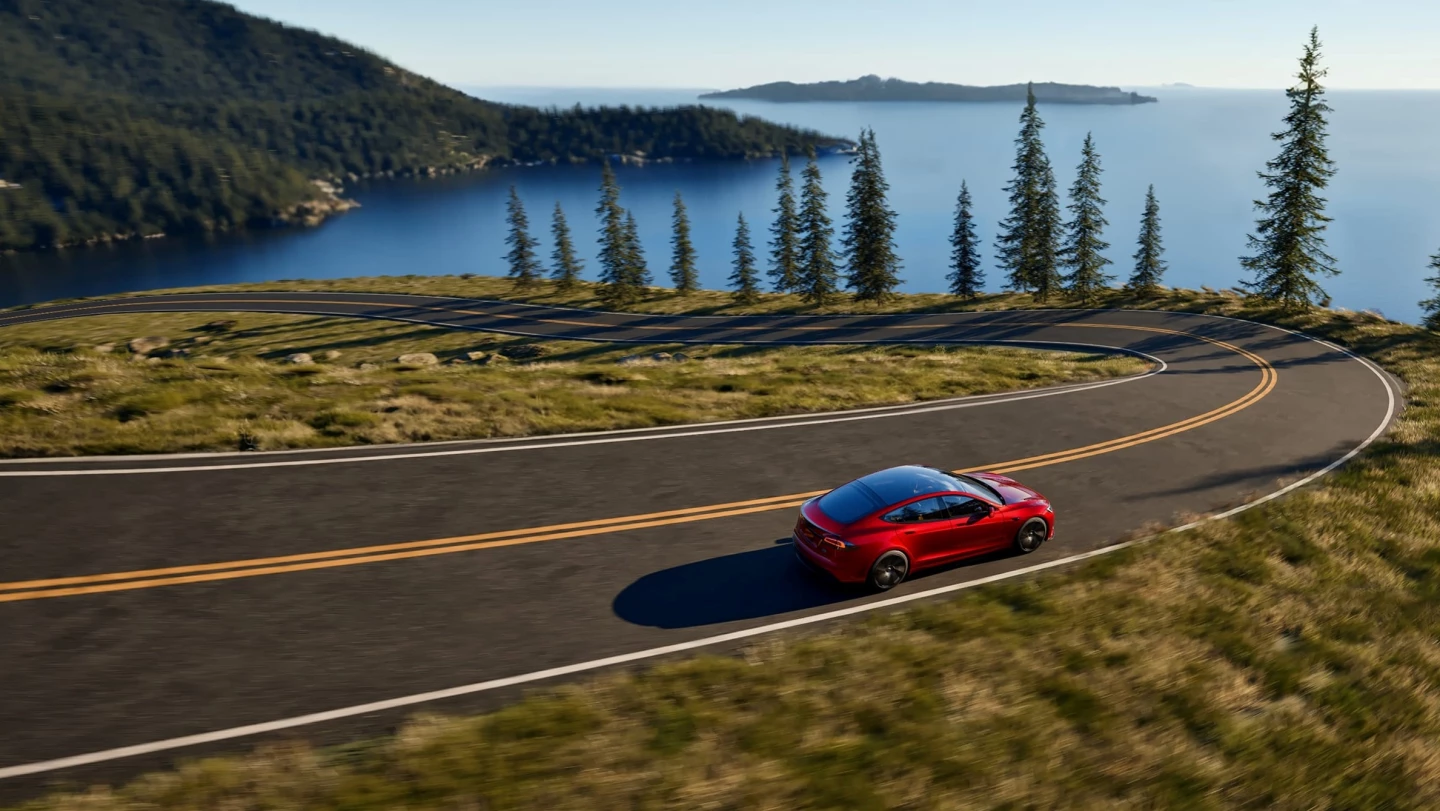
Not too long ago, the National Transportation Safety Board chair slammed Tesla’s program as "not fully self-driving" but also "misleading." The California DMV sued Tesla for fraudulent advertising due to FSD's name, with the legal battle ongoing.
In response to legal and regulatory scrutiny, Tesla has now altered the nomenclature of Full Self-Driving to "Full Self-Driving (Supervised)." Blimey.






